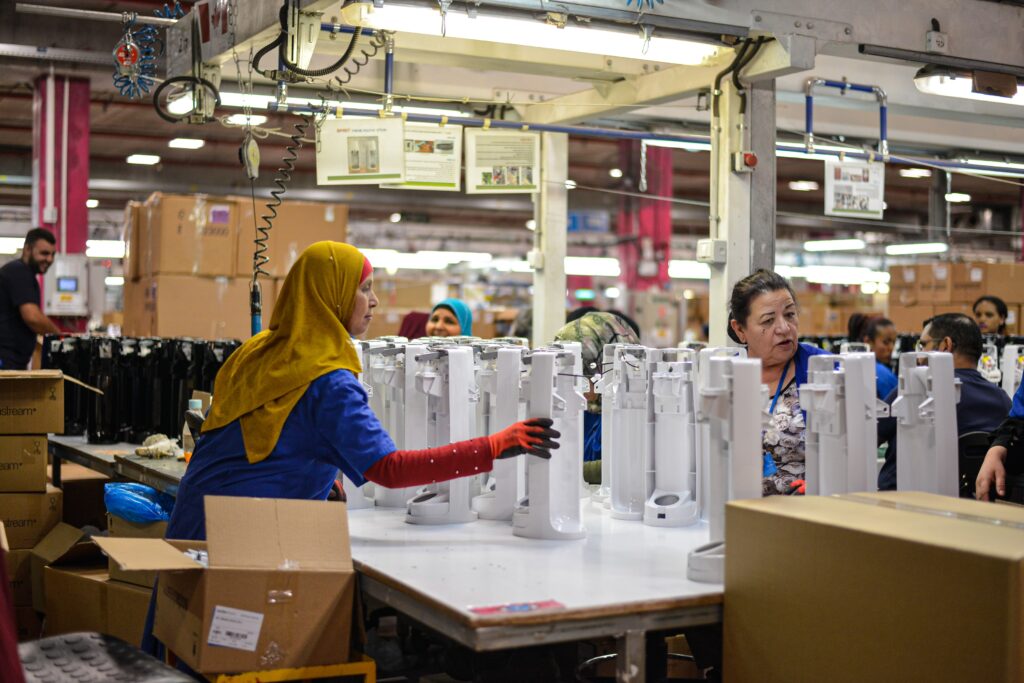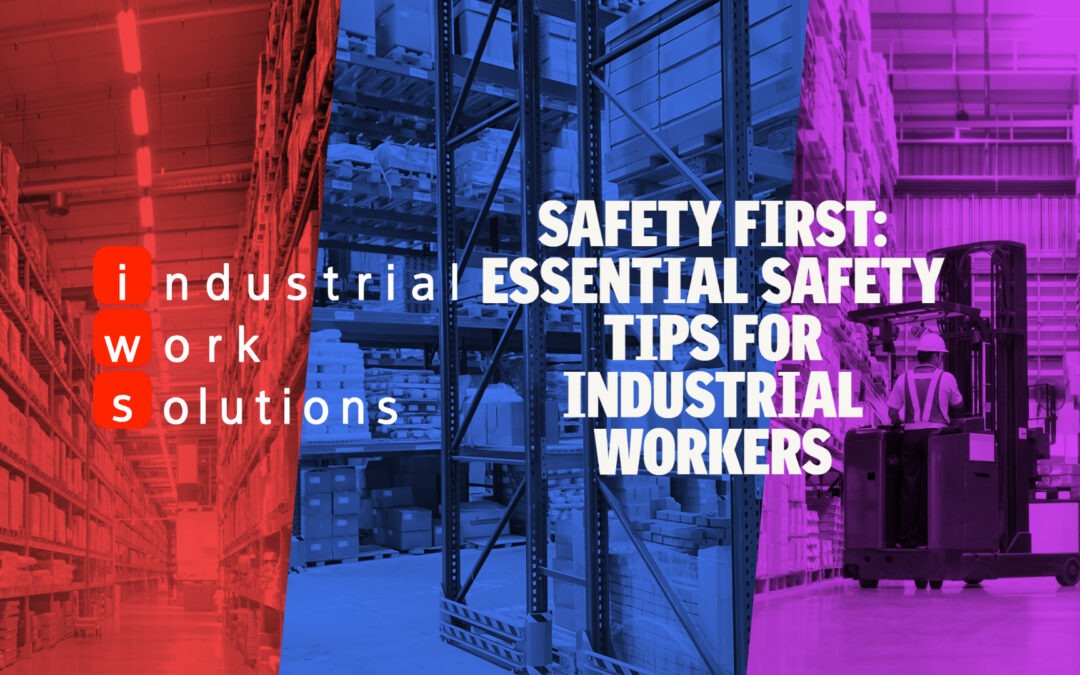Safety is a critical aspect of industrial work environments, and as an industrial worker, it is crucial to prioritize your well-being and the well-being of your colleagues. In this blog post, we will explore specific workplace safety tips that are tailored to the unique challenges of industrial settings. By implementing these guidelines, you can contribute to creating a safer work environment and reducing the risk of accidents or injuries.
Know and Follow Safety Procedures and Regulation
Familiarize yourself with the safety procedures and regulations specific to your workplace. This includes understanding the proper use of personal protective equipment (PPE) such as safety goggles, helmets, gloves, and safety shoes. Adhere to guidelines for lockout/tagout procedures, equipment operation, and the handling of hazardous materials. By following these protocols, you can significantly reduce the risk of workplace accidents.

Conduct Regular Risk Assessments
Regularly assess the work area for potential hazards and risks. Look for any spills, exposed wiring, obstructed pathways, or other unsafe conditions. Identify and address potential dangers promptly to prevent accidents. Report all of the issues immediately to your line manager to ensure safety of yourself and your coworkers. By maintaining a vigilant eye for risks, you can help create a safer environment for everyone.
Promote a Culture of Safety
Encourage open communication among coworkers regarding safety concerns or near misses. Encourage the feeling of importance in terms of health and safety within the workplace. Foster an environment where everyone feels comfortable reporting potential hazards. Participate in safety meetings or toolbox talks to discuss best practices, share experiences, and reinforce the importance of safety protocols. By actively promoting a culture of safety, you contribute to a safer and more aware workforce.
Proper Handling of Equipment and Machinery
Ensure you receive comprehensive training on the safe operation and handling of machinery and equipment specific to your job role. Follow proper start-up and shut-down procedures, and conduct regular inspections to identify any signs of wear or malfunction. Use machine guards, lockout/tagout procedures, and follow equipment-specific guidelines to minimize the risk of accidents.
Safe Material Handling Practices
Adhere to safe material handling practices to prevent musculoskeletal injuries. Use proper lifting techniques, such as bending at the knees and keeping the load close to your body. When handling heavy or bulky items, seek assistance or utilize mechanical aids like dollies or pallet jacks. By employing these techniques, you can protect yourself from strains and sprains.
Emergency Preparedness
Familiarize yourself with emergency procedures, including evacuation routes, assembly points, and the location of emergency equipment such as fire extinguishers and first aid kits. Participate in fire drills and other emergency preparedness exercises to ensure you know how to respond swiftly and safely during a crisis. Being prepared can save lives and minimize the impact of emergencies.
Prioritize Mental and Physical Well-being
Take regular breaks to prevent fatigue and maintain focus throughout the workday. Report any physical discomfort or signs of fatigue promptly. Prioritize mental well-being by seeking support from supervisors or employee assistance programs if needed. By caring for your overall well-being, you can ensure you are in the best condition to prioritize safety on the job.
Safety should be the top priority for every industrial worker. By implementing these workplace safety tips, you can actively contribute to creating a safer work environment for yourself and your colleagues. Remember, being knowledgeable, proactive, and adhering to safety protocols are crucial for preventing accidents or injuries in industrial settings. Stay vigilant, prioritize safety, and play your part in maintaining a secure workplace. Stay safe!


Recent Comments